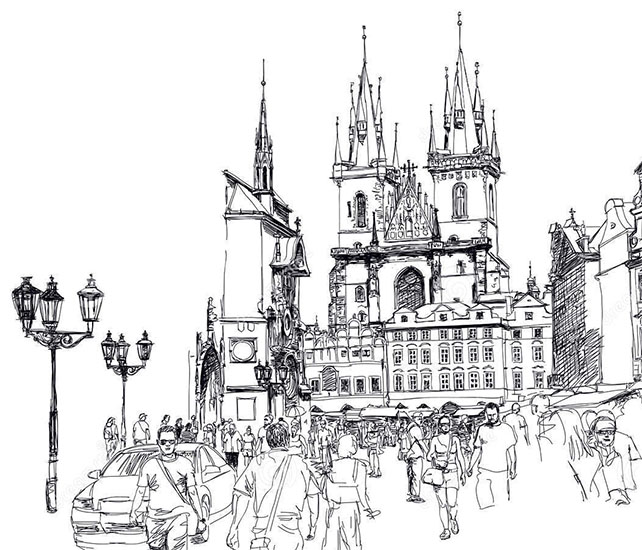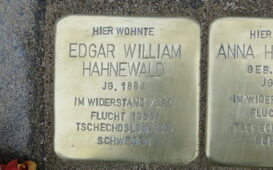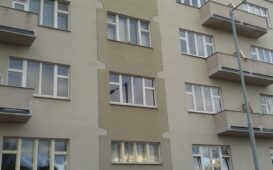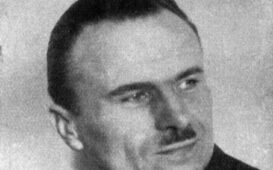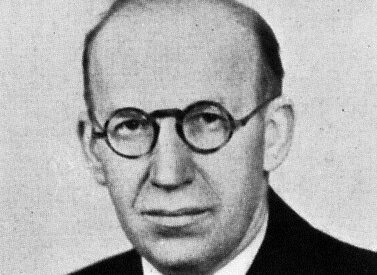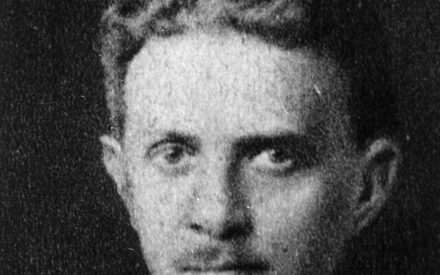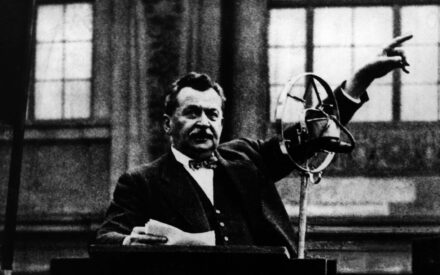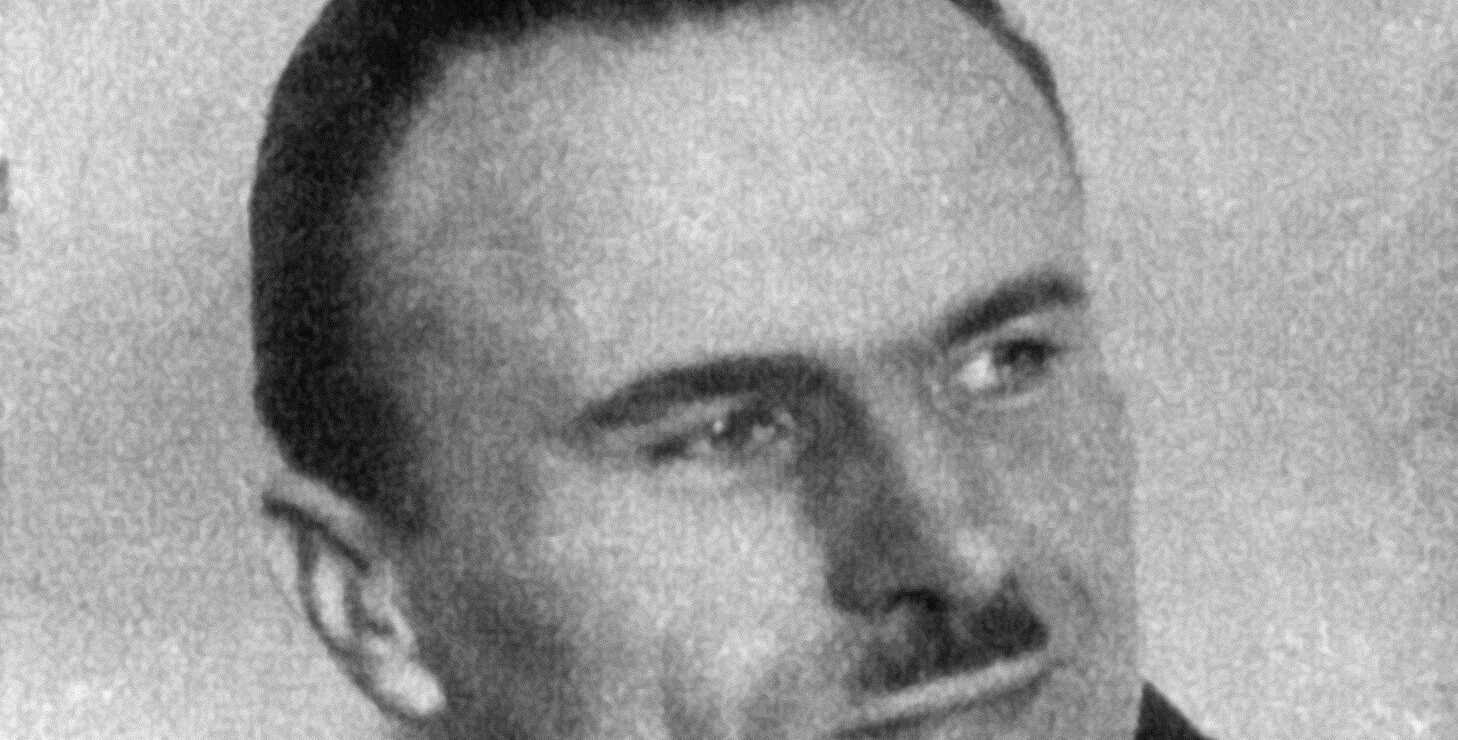
Edgar Hahnewald
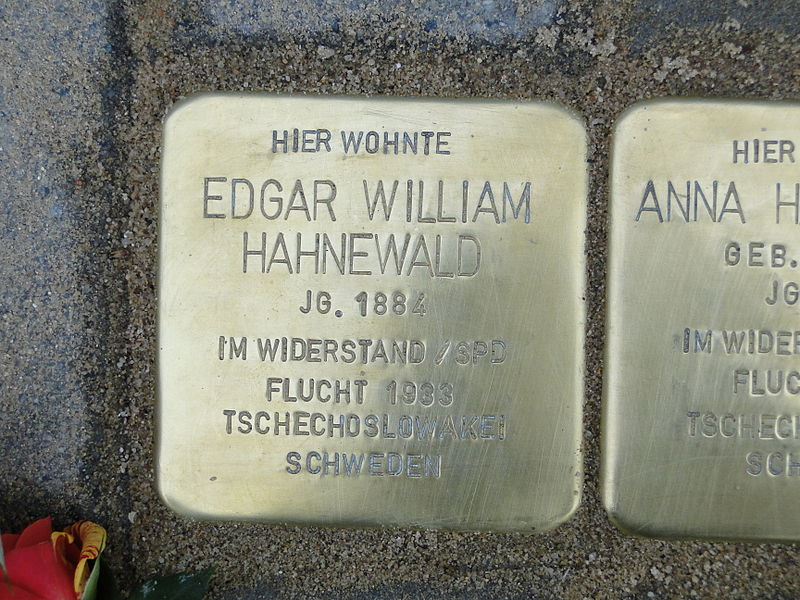
After the Nazis seized power at the start of 1933 the pressure grew on the political opponents of the Nazi regime in Germany. Thousands of people were persecuted and imprisoned in concentration camps, and many saw flight as the only hope of survival. One of these exiles was the Saxon Social Democrat, journalist and writer Edgar Hahnewald. Hahnewald joined the Social Democratic Party of Germany (SPD) in 1908, and from 1912 was a local editor of the newspaper Dresdener Volkszeitung. He continued his journalistic activity until the paper was banned in 1933. In March of the same year he and his wife Anna emigrated to Czechoslovakia. During the 1920s he had maintained good relations with the German Social Democrats in the Czechoslovak Republic, and had also written for the newspaper of the party, whose official title was the German Social Democratic Workers‘ Party (DSAP). Thanks to his good contacts and knowledge of the country, he rapidly settled into the new environment and identified with his „new country“. The help that was provided to him meant he could continue to work as a journalist and writer.
To begin with he lived in Teplice, where he was able to continue with his journalistic career. Initially he wrote mostly reports documenting the political situation in Germany, which he published in the Social Democrat exile newspaper Neuer Vorwärts. From 1935 he lived in Prague, working for the DSAP’s paper Sozialdemokrat, for which he wrote a column mostly on cultural issues. In 1936, under the pseudonym Manfred, he wrote a novel entitled „Karl Herschowitz kehrt heim“ (Karl Herschowitz Comes Home), in which he wrote about fleeing to Czechoslovakia and identification with his new country.
During the course of 1937 and 1938, however, Czechoslovakia stopped being a safe place for political opponents of Nazism. The growing pressure meant that Edgar Hahnewald, too, had to emigrate, and in August 1938 he fled via Poland to Sweden. He did not return to Germany after the war ended, dying in Solna, Sweden, in 1961. In his letters to his daughter he described his thoughts on ravaged Dresden as like „seeing a now-disfigured love again‘, and said that this was the reason he had decided not to return.
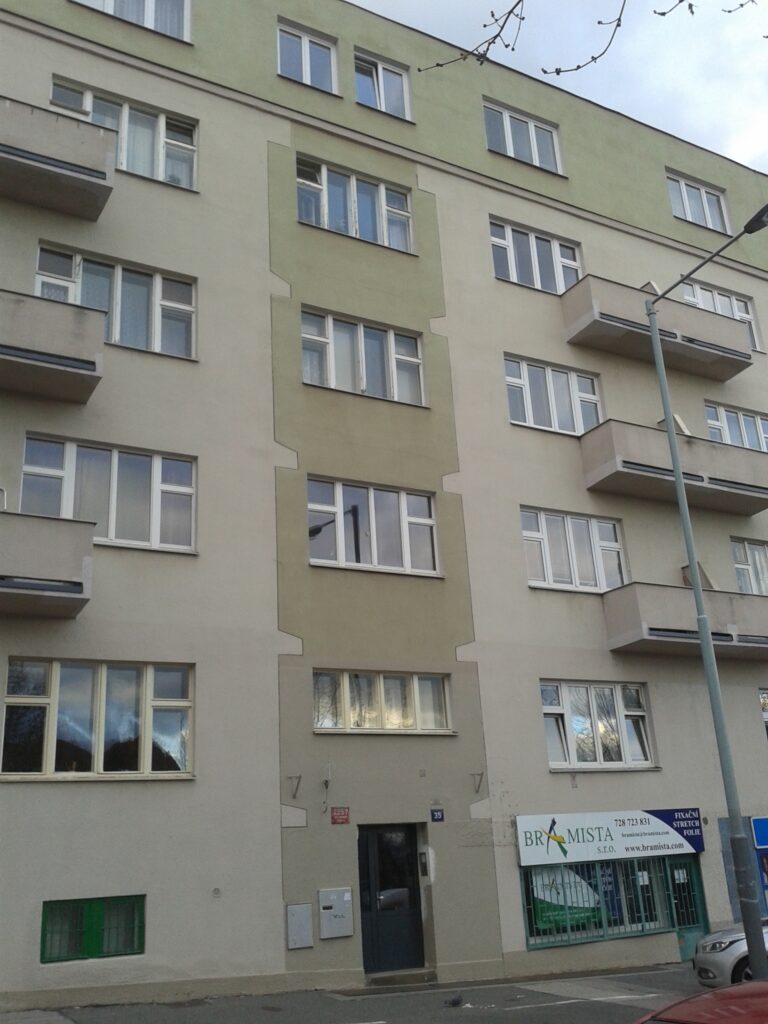
Historian Swen Steinberg on the Czechoslovak exile of Edgar Hahnewald:
In August 1933 Hahnewald tackled the situation of Germans living in Czechoslovak exile in an article for the Saarbrücken newspaper „Deutsche Freiheit“. „His future is one big unknown. He was a German emigrant. He crossed the border so as not to be taken to a concentration camp. But what there? What awaited him there? With no money, no means of earning a living, no future? What will happen now?“ he wrote.
In spring 1936, in his novel of exile published in Prague, „Karl Herschowitz kehrt heim“ (Karl Herschowitz Comes Home) he expressed his thanks for the support that German refugee polititians had received from the German workers‘ movement in Czechoslovakia. „When I left I could not imagine what life would be like only a few months later. I did not expect to receive help, and certainly not for such a long time – I did not even dream of it. And now it will be two years. It is incredible what these organisations manage to do. […] We must never forget it, on our side! A huge sacrifice is being made – to the very edge of what is possible. I sometimes dream of the day when we, the renewed German socialists, will be able to repay our comrades for their solidarity and sacrifice, and add something more still…“
In January 1935 Edgar Hahnewald described his resistance „border activity“ and the danger connected with it in a short story that was printed in the German Social Democrat exile weekly „Neuer Vorwärts“. A group of German emigrants is waiting in a border hut on the Czech-German border for a courier who has not arrived: „What could have happened to him? They say the border is being guarded more strictly now, the paths are closed. Maybe patrols are doing the rounds – the Third Reich is afraid of publications that tell people the truth. It is even afraid of an ordinary man in a huge, boggy wood.“
Historian Swen Steinberg obout Edgaru Hahnewaldovi:
Author: Lea Calmano
Gallery
Další místa na téma "SoPaDe"
